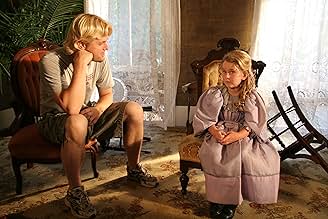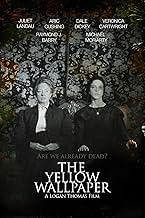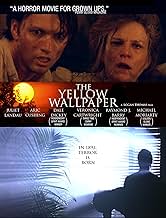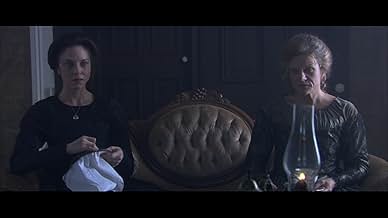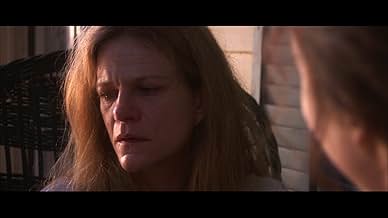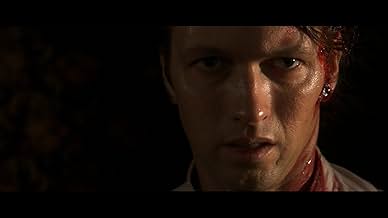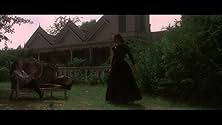"The Yellow Wallpaper" is a 6,000-word short story by the American writer Charlotte Perkins Gilman, first published in January 1892 in The New England Magazine. It is regarded as an important early work of American feminist literature, illustrating attitudes in the 19th century toward women's physical and mental health.
This film adaptation of the story was directed by Logan Thomas, who has done mostly short films. And since the estimated budget is reported as $1.5 million, I'm prepared to be generous in my critique. But even a charitable attitude can't lift this film out of the cinematic doldrums. It is limp, shapeless and draggy. The scriptwriters have drained the story of its blood. The writing is stilted and flat-footed; the plot has been transformed from that of a woman gradually descending into madness into a fairly plodding ghost story. Any perceived feminist message is gone. The yellow wallpaper with which the female protagonist of the story becomes obsessed is definitely there on the walls, but it hardly figures in the film at all. The film perks up a little at the end, but only a little.
Speaking of being generous: Calling the acting turgid and barely above amateurish IS being generous. In fact I thought that the 3 leads were amateurs until I looked them up. The female lead, Juliet Landau, is the daughter of Martin Landau and Barbara Bain. In this film her character Charlotte is supposed to be deep in the throes of despondency and PTSD after witnessing her daughter being burned alive in a house-fire. But in her performance no suffering is apparent; she's either very morose or a little less morose. She looks like a young Greta Scacchi after a serious illness. Aric Cushing projects no energy at all; he's just unkempt and phlegmatic in the extreme. Of the three leads, only Dale Dickey has any luster whatever on screen. Michael Moriarty shows up at the beginning of the film for about 3 minutes, and Veronica Cartwright has about 10 minutes of screen time near the end.
The film's setting is lush: A house set back in the woods (somewhere outside of Atlanta), but compositions lack focus, not to mention clarity. The sound is poor; the dialogue mostly is distant and muffled. The fact that most of the dialogue wasn't looped and the sound remixed as should have been done may reflect the low budget.
If this were a student film, I'd give it about a C-plus.







